Blog
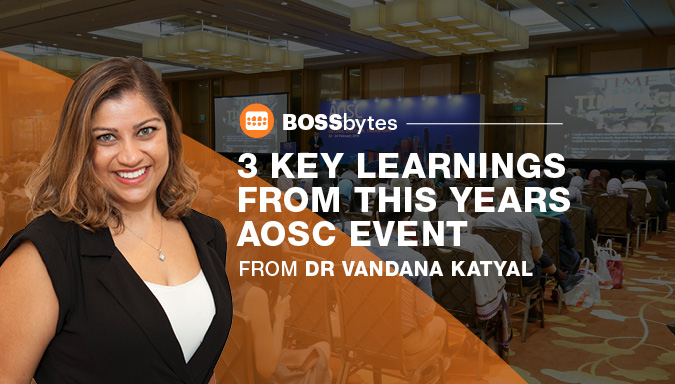
BOSSBytes: 3 key learnings from the 2021 virtual orthodontic congress
BitesizeBOSS, Dr Katyal’s PublicationsThis year’s AOSC event was truly eye opening. Not only was the virtual format a refreshing experience (as I have shared in the blog Virtual Conferences: A more efficient and effective way to learn) but the content was extremely insightful for me both as an educator and practitioner.
I have summarised my favourite lectures and key takeaways as the first installment of our BOSSBytes content series, to provide you with tips and inspiration to further your own research.
Dr Chris Chang – The history of open bite treatments and the use of miniscrews
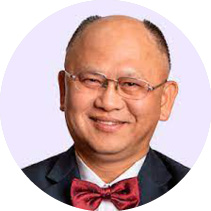
Dr Chang is the biggest names and expressive voices in the world of Orthodontics. As the inventor or Ortho Bone Screws and the publisher of the Journal of Digital Orthodontics (JDO), he is committed to the innovation of Orthodontic practice and the sharing of knowledge.
His AOSC lecture focussed on open bite and specifically, the history of one of the more common conditions we treat as practicing Dentists. I was astonished to learn that until 1930, we understood very little about the treatment of open bite and were only able to diagnose the condition.
With a host of modern Orthodontic techniques available, we can typically now avoid two-jaw surgeries to treat open bite. However, Dr Chang offered a unique perspective on how a combination of clear aligners and miniscrew mechanics can be used to treat open bite more effectively than ever before.
Dr Chang will be delving further into the use of clear aligners and miniscrews in our upcoming BOSS Global Leaders Lecture Series on 23/08/21.
Dr Castrofloria – The limitations of clear aligner treatment (CAT): biology Vs application.
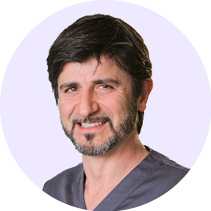
Dr Castrofloria has conducted a huge amount of research into the application of clear aligner treatments in clinical practice. In his lecture, he outlined the pros and cons of CAT when compared with contemporary fixed appliances and more importantly, what factors limit the application and efficacy of CAT (Rossini, Gabriele, et al. The Angle Orthodontist).
Dr Castrofloria demonstrated that clear aligners and fixed appliances produce movement in a very similar way, highlighting that biologically, a tooth will only move due to adaptation at the cellular level (Nakao, K., et al. Journal of dental research – https://journals.sagepub.com/doi/abs/10.1177/154405910708600708). Therefore, regardless of the stimulus and how the force is applied, the change occurs in the same way (Castroflorio, Tommaso, et al. The Angle Orthodontist).
Through his research (Cortona, Andrea, et al. The Angle Orthodontist) used employed Finite Element Method Analysis, Dr Castrofloria then demonstrated how the deformation of plastic used in clear aligners can limit the effectiveness and efficiency of the treatment, creating unwanted force on other teeth.
One key example showed how when trying to move an upper molar distally, deformation of the plastic can cause unwanted force to be applied to the upper teeth in the opposite direction.

In addition (and to my surprise) research showed that a bonded button approach created greater levels of plastic deformation when compared to an aligner cut with an elastic hook on the upper canine, with the latter being more effective in achieving distalisation.
Dr Castrofloria also suggested that:
- Distalising one tooth at a time rather, than all together to reduce the side effects and;
- Reinforcing posterior anchorage when distalising premolars with 5-10 degree distal crown tipping
would decrease deformation and increase the effectiveness and application of clear aligners.
Managing patient expectations whilst achieving high rates of compliance
Other speakers spoke about a challenge we all experience in our practice; managing patient expectations and achieving high rates of compliance from our patients with regard to orthodontic treatments.
Research demonstrated a strong preference for non-invasive treatments rather than surgical procedures across 3-groups, these being adults, adolescents and parents making decisions on their child’s behalf (Uribe, Flavio, et al. American Journal of Orthodontics and Dentofacial Orthopedics). Yet conflictingly, a desire and expectation for shorter treatment times.
Interestingly, studies have also shown that whilst parents were happy to extend the treatment period by up to 2-3 years, children are not. (Lindsey, David H., et al. American Journal of Orthodontics and Dentofacial Orthopedics). Creating a serious concern around compliance for younger patients. Supported by further research that suggests 27% of patients aged 14-15 are poor cooperators (Crouse, James M. Journal of clinical orthodontics) and that the average use of elastics among patients was as little as 49% (Veeroo, Helen J., et al. American Journal of Orthodontics and Dentofacial Orthopedics).
An explanation for the seeming imbalance between expectation and reality is offered via research conducted with participants from the UK, US & Canada that highlighted an increase in perfectionism over time (Curran, Thomas, and Andrew P. Hill. Psychological bulletin), indicating that younger generations are likely to be more demanding of their treatments both in regard to time and results.
Whilst insightful, the conclusions of this area of research are yet to be realised in practice, with further investigation required to fully understand if we can treat the majority with clear aligners, safely, efficiently while getting a high rate of compliance?
There are strong indications that this is possible and can be achieved by the combination of clear aligner treatment with other technology such as miniscrews. However until more is known, it is our responsibility to manage our expectations and try to increase patient compliance as best we can.


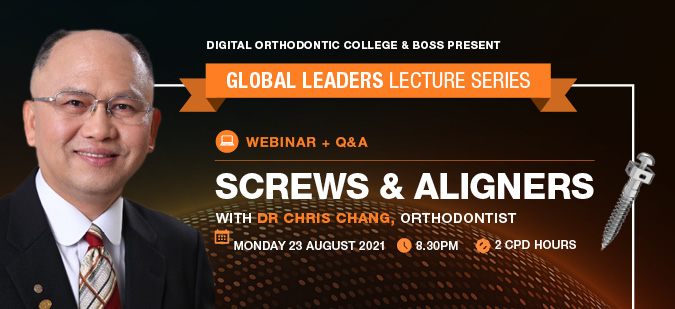
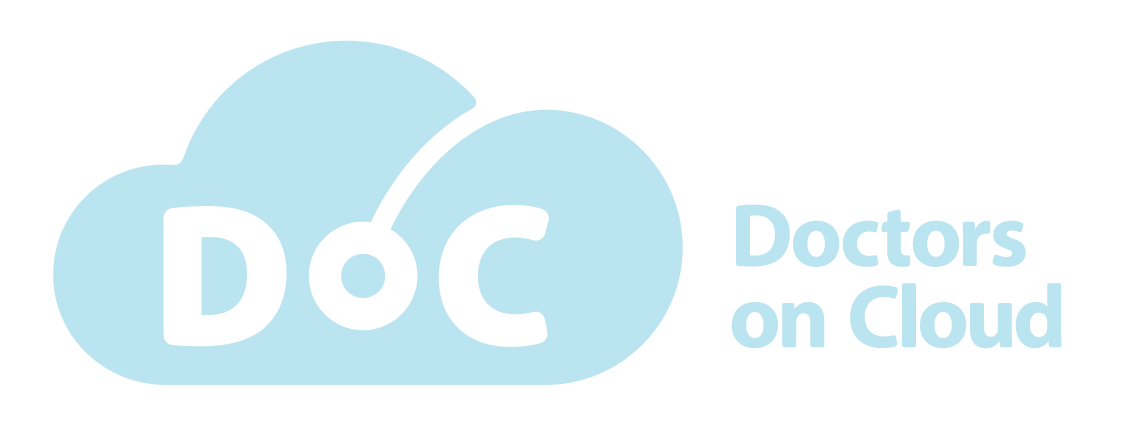







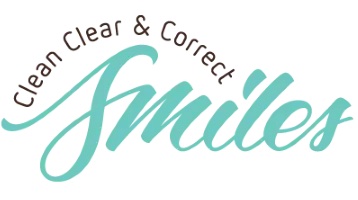
Thanks
In general, the research appears to be indicating that patients want efficient treatment in as short a time period as possible without being too invasive, although compliance for many of these patients may be poor especially if there is elastic use involved. These factors should be taken into consideration when treatment planning so that the patient does not burn out from treatment length and is continually motivated to have good compliance, especially if they can visualise their chief concern being addressed.
Thanks!
Great tip on molar distalisation efficiency and tips to decrease deformation and unwanted teeth movement with CAT: sequential distalisation, cuts instead of buttons on Canines and 5-10 distal crown tipping to reinforced posterior anchorage when distalisating premolars
Thanks! These lectures were very informative and an eye opener.
Thanks,Great tips and an eye opener.
Use of precision cuts instead of buttons on canine
Sequential distalisation of molars to reduce deformation of plastic.
Consider ways to improve patient compliance in teens – many are tech savvy, dental monitoring could spark interest through their phone and help them stay motivated through longer treatment plans with auxillaries such as elastics. Precision cuts deform the plastic less on canines. 5-10 degree distal root tip when distalising premolars to help reinforce anchorage and distalise one tooth at a time. Clear aligners can treat severe AOBs successfully (in the rights hands) with mini screws, much preferred option to two jaw surgery.
– for elastic use in upper canine- aligner cut is better than bonded button to avoid elastic deformation
– distalising upper molars can cause deformation of plastic causing unwanted force to other teeth in opposite direction
– so better to distalise one tooth at a time
– reinforce posterior anchorage when distalising premolar with 5-10degress of distal crown tipping
Excellent tips here!
When considering distalisation, cuts instead of attachments on canines and add in 5 – 10 distal crown tipping to reinforced posterior anchorage. Assessment of the patients compliance in consideration of elastics during their treatment prior to prescribing elastics would be advantageous as if they think they would not comply, then this aspect of the treatment will be compromised.